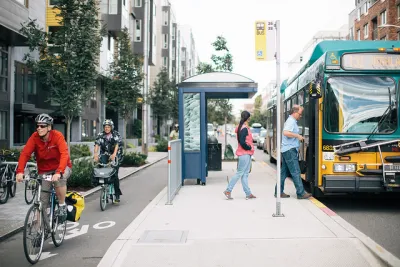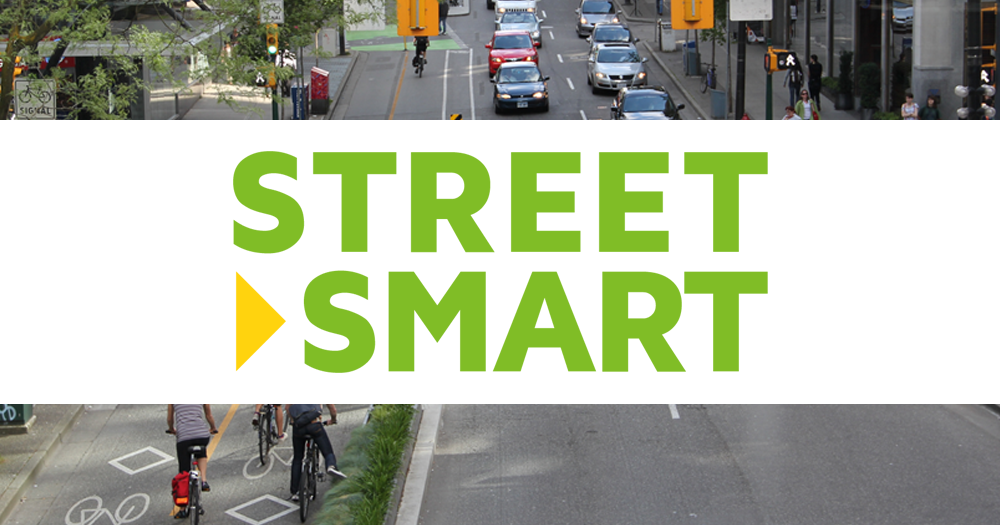The beta version of a comprehensive new evidence-based platform called Streetsmart helps policy makers, planners, and advocates make the case for healthy, inclusive, and sustainable transportation investments.

- The aim of evidence-based policy is to inform democratic decision-making.
- Evidence must be embedded in compelling narratives to be influential.
- Evidence is necessary but not sufficient. Professional judgment and the voices of residents are equally important for decision-making.
- The type of evidence matters: systematic reviews offer strong internal validity but lack generalizability to different contexts. Context-based evidence is important to understand what truly works for different places and populations.
- Community engagement is therefore essential to successfully planning, designing, and implementing plans and projects.

The Research
The current beta version of Streetsmart builds on four sets of research reviews. Research related to physical activity, walking, and bicycling draws from the Built Environment Approaches Combining Transportation System Interventions with Land Use and Environmental Design and County Health Rankings & Roadmaps. These research syntheses involve an extensive review process. For example, this American Journal of Preventive Medicine article written by the Community Preventive Services Task Force explains the Community Guide systematic review methodology.
Research related to vehicle miles traveled and greenhouse gas emissions draws from Research on the Impacts of Transportation and Land Use Related Policies, commissioned by the California Air Resources Board in response to California Senate Bill 375. Streetsmart also draws from Mark Stevens' meta-regression analysis as described in the journal article, Does Compact Development Make People Drive Less? and interpretations of the study expressed in reaction articles in the same issue.
Streetsmart will increasingly draw from context-based research approaches to offer better contextual guidance. Examples include realist evaluation--which asks "What works, for whom, in what respects, to what extent, and in what contexts?"--case study research, and Community Based Participatory Research projects.

FULL STORY: Streetsmart: Evidence and Insight for Healthy Transportation

Analysis: Cybertruck Fatality Rate Far Exceeds That of Ford Pinto
The Tesla Cybertruck was recalled seven times last year.

National Parks Layoffs Will Cause Communities to Lose Billions
Thousands of essential park workers were laid off this week, just before the busy spring break season.

Retro-silient?: America’s First “Eco-burb,” The Woodlands Turns 50
A master-planned community north of Houston offers lessons on green infrastructure and resilient design, but falls short of its founder’s lofty affordability and walkability goals.

Test News Post 1
This is a summary

Analysis: Cybertruck Fatality Rate Far Exceeds That of Ford Pinto
The Tesla Cybertruck was recalled seven times last year.

Test News Headline 46
Test for the image on the front page.
Urban Design for Planners 1: Software Tools
This six-course series explores essential urban design concepts using open source software and equips planners with the tools they need to participate fully in the urban design process.
Planning for Universal Design
Learn the tools for implementing Universal Design in planning regulations.
EMC Planning Group, Inc.
Planetizen
Planetizen
Mpact (formerly Rail~Volution)
Great Falls Development Authority, Inc.
HUDs Office of Policy Development and Research
NYU Wagner Graduate School of Public Service




























